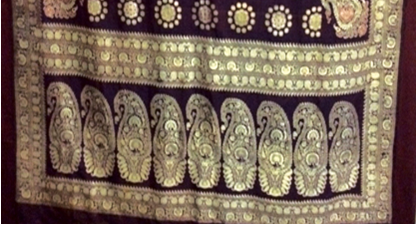
Art history/ Historiography
Craft Shakti: Tagore's Legacy at a time of Crisis & Opportunity
Chatterjee, Ashoke
August, 2023
Thirty years ago the Crafts Council of India (CCI) held its 1986 National Meet at Visva-Bharati in Santiniketan, a gesture of respect to a profoundly influential craft ethos. Perhaps CCI was also in search of tranquility in a turbulent year that had altered India’s history: the siege of the Golden Temple and injustice to Shah Bano. Gurudev’s vision of an India unbroken by “narrow domestic walls” seemed then, as now, to be under siege. All these years later, India’s artisans and their crafts are in crisis as well as on the cusp of new opportunities. 2016 saw CCI return to Santiniketan to reflect with that community on the relevance of Tagore’s legacy in such changing times. The experience proved as challenging as it was rich in learning.
Artisanal wisdom and skill were central to the vision on which Visva-Bharati, Sriniketan and Shilpa Sadan were founded by Tagore. India’s craft renaissance began there, and then some distance away at Sabarmati Ashram. Dialogue between the Mahatma and Gurudev on India’s craft heritage was an extension of shared concepts of freedom and modernity, and hand production came to play a catalytic role in the struggle for independence. When freedom came, Nehru integrated crafts into development planning, the first demonstration of its kind anywhere.
A sunset syndrome
To succeeding generations, including activists and craft communities brought together by Kamaladevi Chattophadhyay and ...
This is a preview. To access all the essays on the Global InCH Journal a modest subscription cost is being levied to cover costs of hosting, editing, peer reviewing etc. To subscribe, Click Here.



